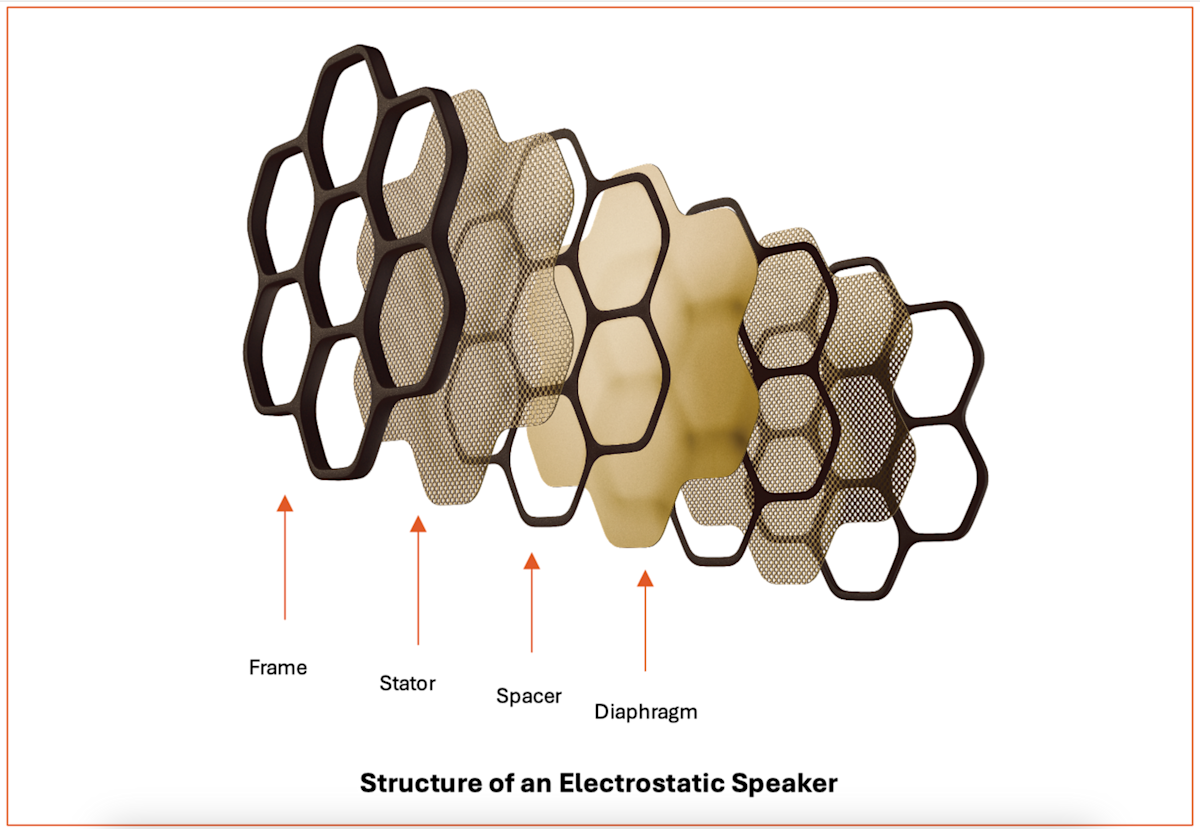Virtual Headphones: The Dream of Peace and Quiet on the Road
Is the dream of ‘Virtual Headphones’ in a car on the horizon…?

By Ian Hubbard - Chief Commercial Officer at Warwick Acoustics
Picture this. You’re in a car, but not just any car—a soundless, harmonious bubble of personal bliss. No toddlers screaming, no random radio station fights, no desperate glares at the sat-nav because you missed the latest announcement over someone’s phone call. And yes, you can actually hear yourself think. That is the dream – the Holy Grail of every family travelling by road.
For years, many have been trying to bring this dream to life, piecing together noise-cancelling headphones, headrest speakers, and privacy panels to make it happen. They’ve made a valiant effort, bless them, but let’s face it—none of these solutions really delivers that experience. I know, because I’ve sat through countless demos in countless cars, each trying to solve the problem of sonic isolation for every passenger, only for me to leave, ears ringing, and the illusion shattered.
Then a breakthrough appears on the horizon, an audio epiphany if you will, during a visit to Warwick Acoustics Ltd post-COVID. I was shown a CSD (Cumulative Spectral Decay) graph of one of their shiny electrostatic speakers side-by-side with the CSD graph of a high-end, standard automotive speaker. "WOW!" I thought, as the proverbial penny dropped. Let me explain.
To understand why these electrostatic speakers knock the socks off traditional ones, we need to go back to basics. Now, since the 1930s, speakers haven’t really changed that much, have they? They still work on the principle of a coil of wire sitting in a magnetic field. The coil’s attached to a cone that pushes air around to make sound waves. The problem? Loads of parts moving about, and all that mass just slows things down. And when the cone moves at higher frequencies, it starts doing the twist, creating resonances. In layman’s terms "distortion.

Compare that with the electrostatic approach, and it’s like comparing a cheetah with a shopping trolley. Instead of a coil, magnet, and cone, they use a super-thin diaphragm — so light it could float on a breeze — and suspend it between two plates (called stators). No magnets!

When the signal comes in, this little wonder moves along to it without missing a beat, creating sound so pure it practically sparkles. But here’s the kicker: it stops moving instantly when the signal cuts out. In tech terms, the electrostatic speaker settles in 0.12 milliseconds flat, ten times faster than conventional speakers. We’re talking lightning speed, with no residual buzz or hum. And because of that, they produce audio quality clear as crystal and sharp as a tack.
This quick stop-time makes them prime candidates for noise cancellation too. Noise-cancelling works by recording background noise, flipping it 180 degrees, and playing it back as “anti-noise” to cancel it out. Now, this trick is tough to pull off, but with the precision of electrostatics speakers, the anti-noise aligns so closely with the real noise that you get silence as close to any monk’s meditation chamber as it is possible to get.
And as for the clarity? Electrostatics give you the purest, most life-like sound you can imagine. Think of someone crunching a twig underfoot or the crisp pluck of a guitar string—all recreated with accuracy so detailed you’d think they had your favourite band or forest ambiance sounds piped in directly.

So, we come to the big question: what happens when we place these units into a headrest? Traditionally, car headrests hold two small speakers, usually about 40mm to 60mm each, trying to cover as much range as possible. But here’s the rub: smaller speakers “beam” high frequencies in a conical pattern, so unless you’re positioned just right, the low/mids disappear. It’s like setting your speakers up in a sand dune—move an inch and the magic’s gone.
With an electrostatic speaker it is possible to shape the diaphragm to cover the entire headrest area, tessellating it with small cells for consistent sound coverage, free from the dreaded “beaming.” The result? A “sweet spot” as broad as your head, no matter how you tilt, turn, or nod off. Gone are the days of distorted sound just because you glanced over your shoulder. With this setup, each passenger gets a perfectly balanced audio zone, where moving your head doesn’t mean a sudden audio fade-out.

Enter “Virtual Headphones.” – the potential of a sound zoning technology enabled by the characteristics of electrostatic speakers, creating personal bubbles for each listener.
No headgear needed. Just imagine: the driver on a call, the kids blissfully watching their own media, passenger seat copilot enjoying silence, and all without any overlapping noise. You might even have a conversation without yelling over the cacophony.
For ridesharing, family road trips, or business chauffeuring, this tech could be game-changing. Imagine—relaxing in the back seat, lost in your podcast, oblivious to that chatty colleague up front or those bickering kids in the back. Or how about staying alert and unfatigued on a long drive? Finally, we may have found the Holy Grail, and I, for one, am all in.
Ian Hubbard
Chief Commercial Officer, Warwick Acoustics Ltd.
